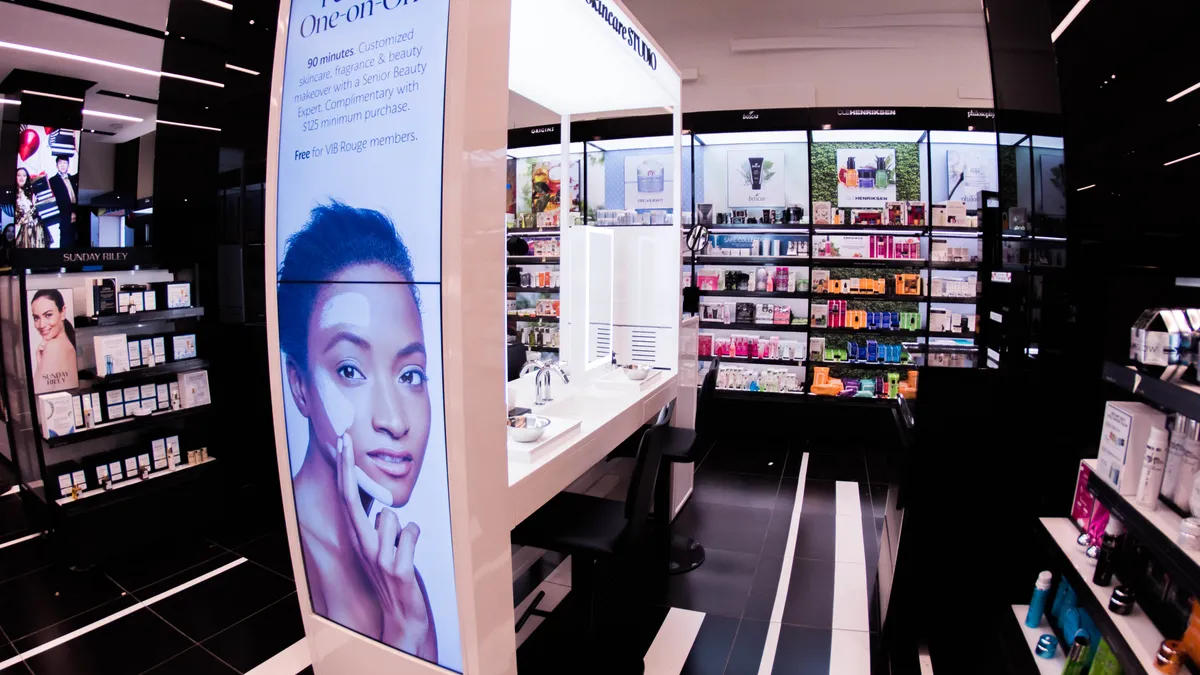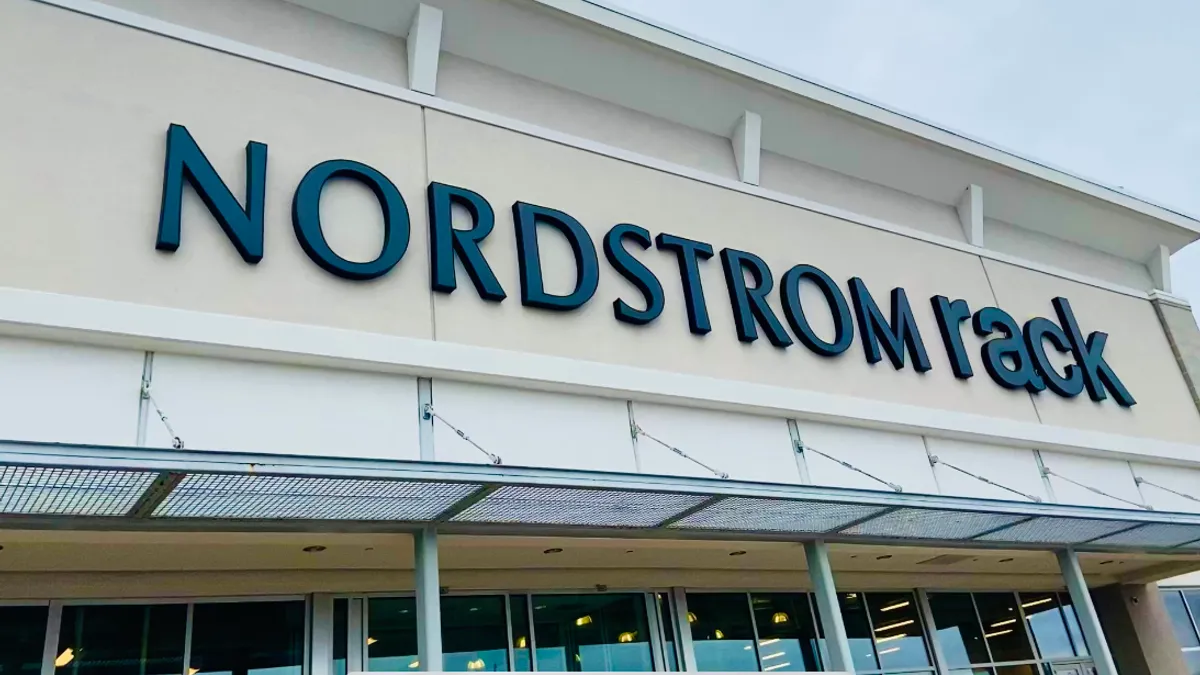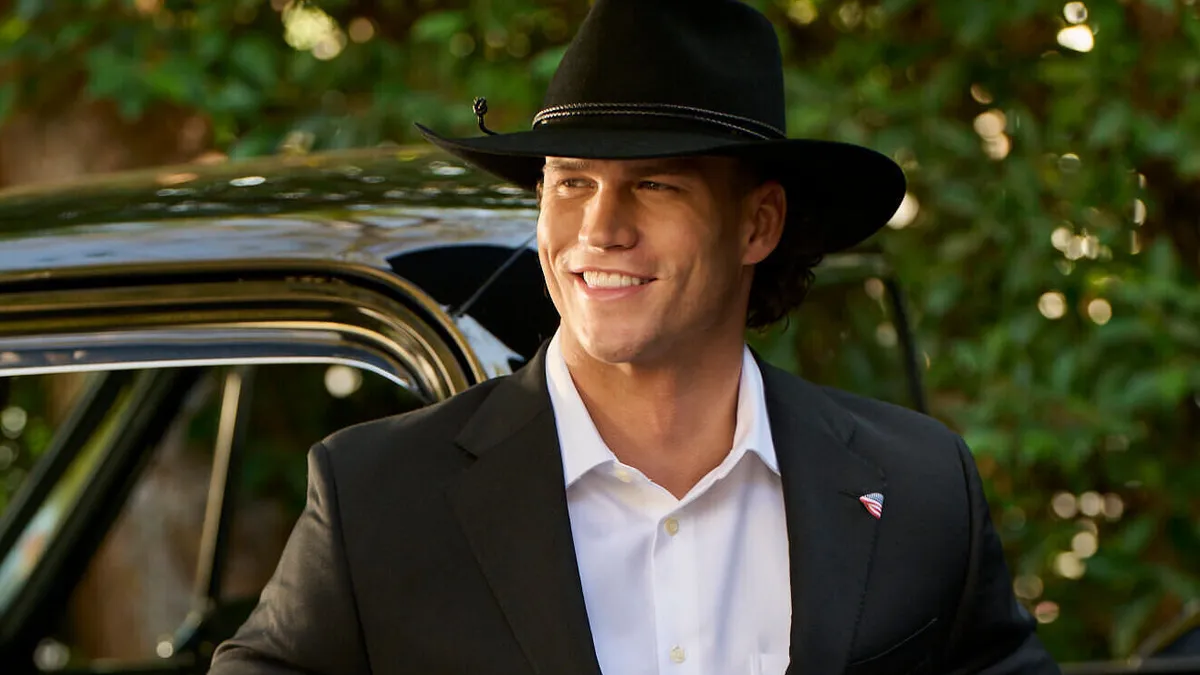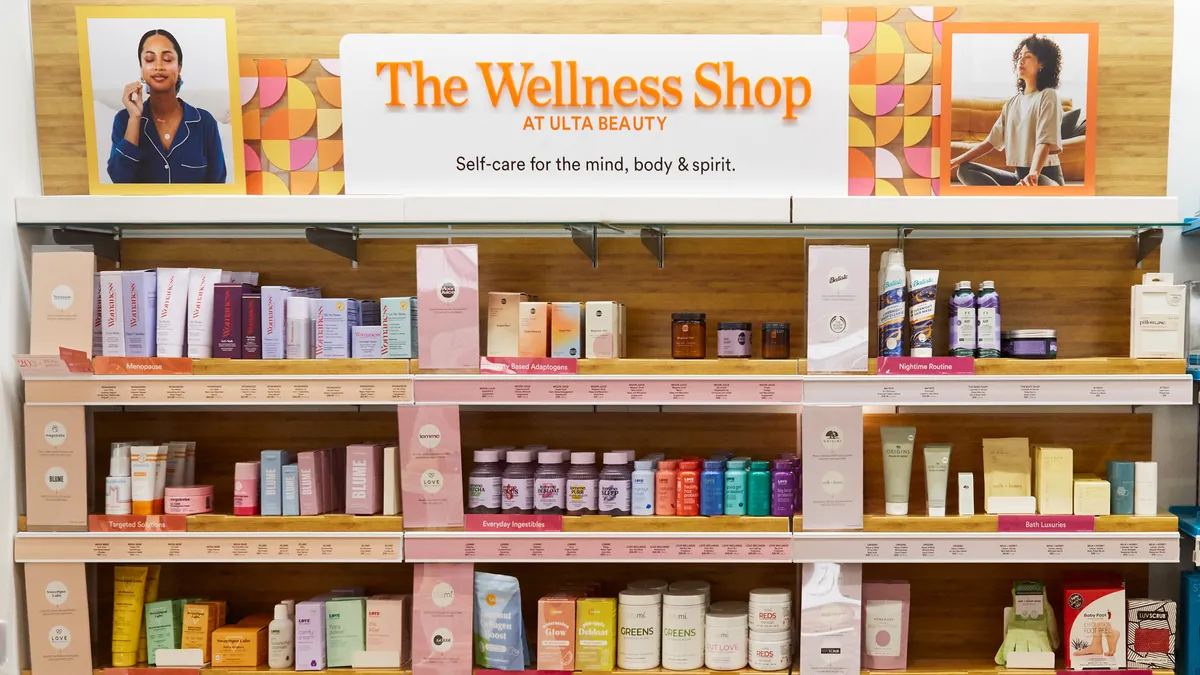A once derided beauty decision made by J.C. Penney just over 10 years ago has turned into its lucky charm today: Sephora outposts in its stores are now heralded as the most profitable part of the floor and are a driving force behind the retailer’s growth strategy.
As department store foot traffic continues to slow and core apparel businesses remain soft, many department store operators are looking for a four leaf clover in other segments to help lift their ailing businesses. And while department store beauty sections have lost share in recent years to online and specialty retailers – from 13.1% of the beauty market in 2005 to 12.3% in 2015, according to data from Euromonitor – there is still reason to shore up on beauty.
While consumer spending on apparel is expected to continue to diminish as consumers spend more on healthcare, entertainment, dining out, recreation and electronics, beauty is one of the few consumer product categories with growth potential, according to a recent Morgan Stanley research note.
As J.C. Penney continues to expand its longstanding partnership with Sephora, in an effort to redirect shopper traffic back to its stores and attract younger shoppers, others are taking note. Macy’s is hoping to get similar results as it leverages Bluemercury, the upscale beauty chain it acquired in 2015 for $210 million. This year, the struggling department store is expanding its number of Bluemercury shop-in-shops and rolling out Bluemercury’s private label brands to all stores. But buyer beware — beauty isn't a silver bullet.
Penney’s shop-in-shop success
In its most recent quarterly report, while overall apparel was weak, beauty categories delivered significant comp store growth for J.C. Penney. “The key component of our beauty strategy is Sephora,” CEO Marvin R. Ellison told analysts on a conference call in November. “The performance in both our existing and new Sephora inside J.C. Penney shops remain great, achieving incredible results in Q3.”
In 2016, the retailer opened more than 60 new shops and it now offers the Sephora beauty experience in more than half of its 1,021 stores — and more are coming.
“Our new locations continue to generate some of the best grand opening results that we have ever seen,” Ellison said. Moreover, to delve deeper into smaller urban and more rural stores, J.C. Penney is working with Sephora to develop and test new smaller prototypes. Already, J.C. Penney has launched a test of a “mini concept” store with the opening of the Sephora Collection Shop (containing only Sephora-branded products) inside a J.C. Penney store in Sault Ste. Marie, MI. “Candidly,” Ellison said on the call, “we are blown away by the early results.” The company declined to provide additional comment.
The typical J.C. Penney inside Sephora shop is 1,500 to 2,000 square feet versus 4,500 to 5,500 square feet for a standard Sephora. This new mini is reported to about 350 square feet.
Women’s accessories, including Sephora but excluding handbags and jewelry, has continued to expand. In 2013 it represented 10% of J.C. Penney’s net sales, in 2014 it was 11% and in 2015 it grew to 12%. Average sales per square foot for J.C. Penney was $165 in 2015. Sephora is reported to deliver at least double that.
When Sephora agreed to partner with J.C. Penney it was viewed as an uneven matchup by industry onlookers. Sephora, the hip, trendy beauty retailer with upscale indie brands had only its cool image to lose at the middle-America chain that had seen better days. “J.C. Penney was considered below that of traditional department stores,” Allan Mottus, president of Mottus & Associates, a longtime beauty market consultant told Retail Dive. “The industry thought it would cheapen brands sold there.”
Mottus conceded that, “at the time I was partially skeptical as the awareness of Sephora was still not high, so I wondered how it would attract new users. I may have underestimated that consumers had tired of the brands sold in department stores. Consumers wanted new products and they did not want to deal with department store beauty advisors who were too aggressive and oversold them. So it was the freedom to roam the store, try the product that captivated them, as well as showcase new, younger product ranges that enticed them.”
Macy’s revamps beauty with Bluemercury
While fragrance sales have been strong, Macy’s performance with color cosmetics and skin care has weakened, Macy’s CFO Karen Hoguet said on an analyst call in November. But she assured onlookers that initiatives are underway to turn the business around.
“We are continuing to look for new brands, new ways of selling, new ways of marketing – all the things you expect,” said Hoguet. At a prototype store in Columbus, Ohio, the department store is testing an Estee Lauder prototype shop that offers a full assortment of L’Oreal-owned Urban Decay products, according to local Columbus Business First. Over the Christmas holiday in select New York area stores, Macy’s also tested mass market brand NYX, a departure from its core prestige offerings.
Macy’s is also, “taking some of the good we are learning from Bluemercury and putting it into the fabric of Macy’s,” Hoguet said on the conference call. For starters, another 50 Bluemercury shops, both freestanding and in-store, are on the horizon. Bluemercury’s private label M-61 skin care collection and its Lune + Aster color line, are being rolled out to all Macy’s stores and on its website.
Currently there are 120 Bluemercury freestanding stores, plus about 20 shops in Macy’s, Barry Beck, co-founder of Bluemercury told Retail Dive. A full store is typically 2,000 square feet, while the Macy’s shops run around 1,000 square feet.
Beck said Bluemercury’s strength is in the wealth of knowledge of its full-time staff, the spa treatments it offers and the quality of products it carries, which it vets rigorously. “It can take two to three years to get a brand in Bluemercury,” he said. He noted that its proprietary M-61 skincare, which he helped develop with chemistry labs, has become the retailer’s bestselling overall brand, and the chain’s bestselling mascara is from its Lune + Aster cosmetics line.
“The Macy’s partnership has been very exciting for us. It has helped us reach clients we hadn’t reached before in new cities and help us with infrastructure and financial support,” said Beck. “We think the sky is the limit.”
Nordstrom too has been introducing new brands and concepts to enliven its beauty offering. In January, Nordstrom introduced beauty outposts featuring natural beauty products in 46 locations nationwide, with plans for more. And jumping on the K-Beauty craze, the retailer is offering a three-part series of pop-up shops curated by Olivia Kim, vice president of Creative Projects for Nordstrom. The shops, which each last from four to six weeks, offer Korean beauty and fashion brands.
Beauty isn't a silver bullet
Still, attracting and holding new beauty customers may not be as easy as department stores hope.
Gregory Mager, CEO of the Maesa Group, a developer of private label and exclusive beauty brands, told Retail Dive he sees the expansion of Bluemercury into Macy’s doors as a great way to draw traffic to beauty. But he is uncertain of the expansion of the private label brands across the Macy’s fleet. Private label beauty in department stores is nearly unheard of, he said, adding that he couldn't think of another example in either North America or Europe where he operates his business.
“While department stores have successful private label in nearly all other categories, beauty is different,” said Mager, who creates beauty products for a range of specialty retailers including Charming Charlie and Banana Republic. “Beauty private label is very challenging in department stores because you have fierce competition from national brands and their marketing dollars.”
As department stores pursue new avenues, they should keep in mind that beauty is not a silver bullet. Competition in the prestige beauty arena is only expected to heat up. Upstart chain Beauty Brands, headed by Lyn Kirby, former CEO of Ulta, has now expanded to 61 stores across the South and Midwest.
The Ulta chain, now at 974 stores in 48 states, is also building an aggressive expansion, with plans to double that in coming years. Not only is Ulta expanding, its sales are on fire. A sales uptick of 24.2% in its fiscal third quarter drove “record sales and earnings performance,” said Ulta CEO Mary Dillon in a statement. “Our associates continue to execute against our growth strategies, resulting in success across several areas: new brand acquisition, increased Ulta Beauty brand awareness, rapid growth in our loyalty program, improving supply chain performance and robust e-commerce growth.”
Thus, if department stores want to get back in the beauty game, it's time to be bold.





















